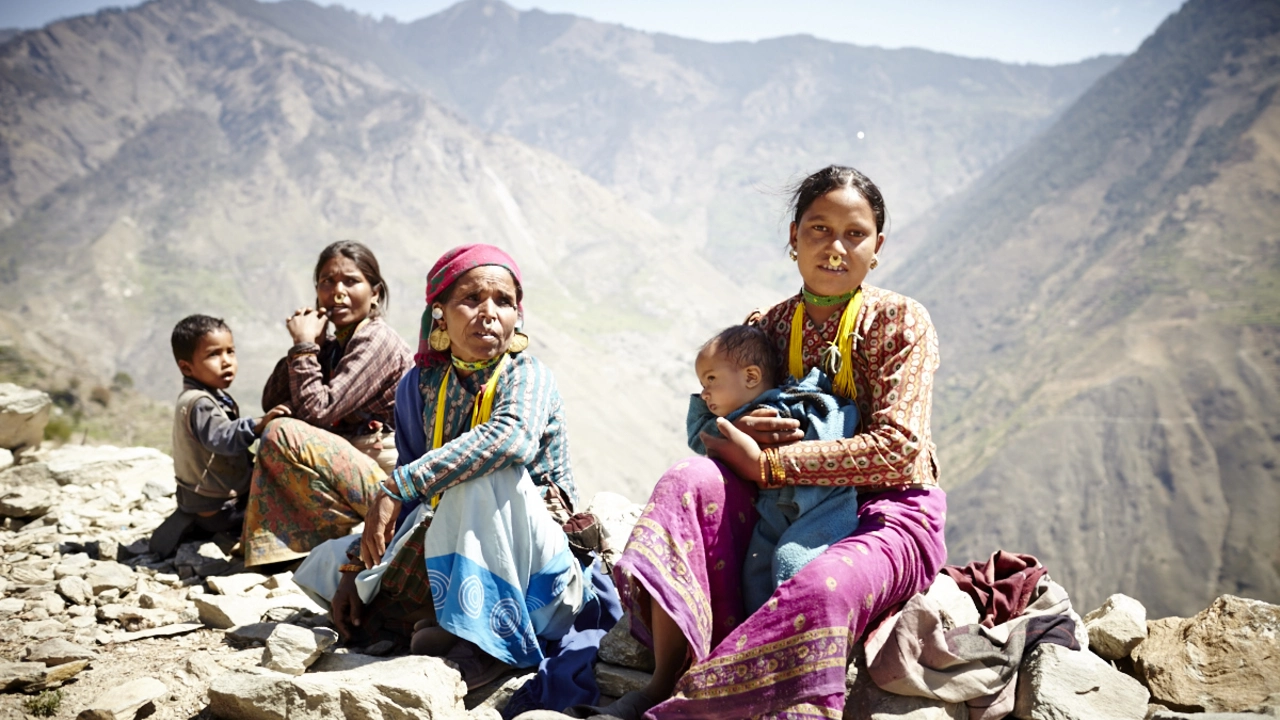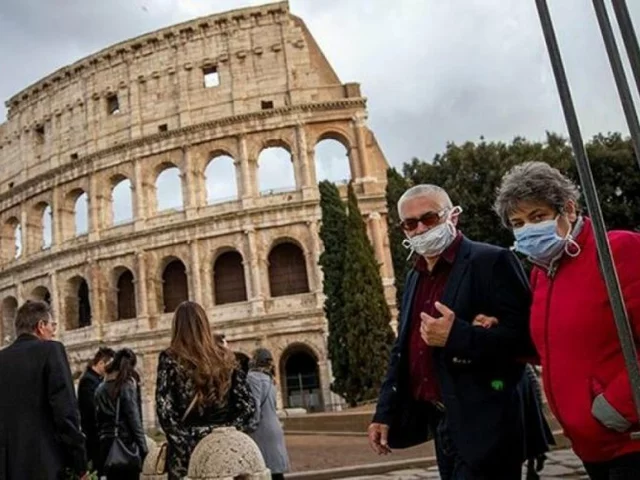Nepal living conditions: what to expect if you move or visit
Thinking about life in Nepal? Cities like Kathmandu and Pokhara feel busy and modern compared with the countryside, but everyday life still mixes old and new. Expect lower living costs than big Indian metros, but also uneven services: good private hospitals and schools in cities, limited options in remote areas. Weather, terrain and local festivals shape daily life more here than in many places.
Cost of living is the first thing people ask about. A modest 1‑bedroom in central Kathmandu rents for roughly 15,000–40,000 NPR per month (~$120–$320). Groceries for one person can be 8,000–15,000 NPR monthly. Street meals cost 150–400 NPR, while a mid-range restaurant bill is still cheaper than most Indian cities. Utilities and internet add 4,000–8,000 NPR; fuel and transport are affordable in cities but can jump if you travel to hilly areas.
Housing varies a lot. In Kathmandu and Pokhara you’ll find apartments, gated communities and newer condos. Outside main cities housing is simpler—stone or brick houses, sometimes without hot water or regular gas supply. When renting, ask about included services (water, electricity backup, internet) and inspect for damp and earthquake safety. Use local agents or community groups to find places; avoid cash-only deals and get a simple written agreement.
Healthcare and education
Quality care is available in private hospitals in major cities; they handle most emergencies and specialist care. Public hospitals exist but may lack equipment and staff. If you need regular treatment or have family, buy health insurance that covers evacuation to India or further if needed. For kids, international and private schools are concentrated in Kathmandu and Pokhara. Public schools are cheaper but vary in quality and facilities.
Work, safety and daily life tips
Job opportunities are strongest in tourism, NGOs, education (English teaching), and some IT startups. Many Nepalis rely on remittances from abroad. Indians benefit from open-border travel and can live and work with minimal paperwork, but long-term residency and property rules differ—check local regulations before major plans. Safety-wise, Nepal is generally safe for residents and visitors; petty theft happens in tourist areas and political strikes (bandhs) can disrupt travel. Natural risks—earthquakes, landslides and heavy monsoon floods—are real. Keep emergency supplies, register with your embassy, and follow local weather alerts.
Practical tips: get a local SIM and data plan, keep small cash for rural travel, confirm power and water backups in your rental, and meet neighbours—community ties matter here. If you plan to stay long, test living in a city for a few weeks first to check commute times, markets and how the area handles monsoon and winter. With realistic expectations and a bit of local know-how, life in Nepal can be comfortable, affordable and full of memorable experiences.

What is it like to live in Nepal?
Living in Nepal is a unique experience, marked by breathtaking landscapes and rich cultural heritage. The people are incredibly warm and welcoming, often treating guests as gods. Despite being a developing nation, the quality of life is good, and the cost of living is relatively low. However, it does deal with challenges like infrastructure issues and occasional political instability. Overall, life in Nepal is a beautiful blend of simplicity, spirituality, and scenic beauty.
Travel and Culture



